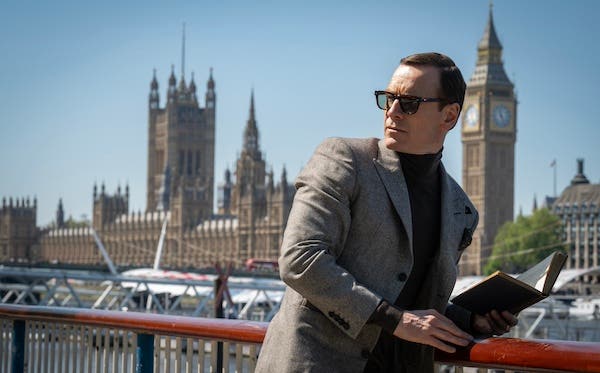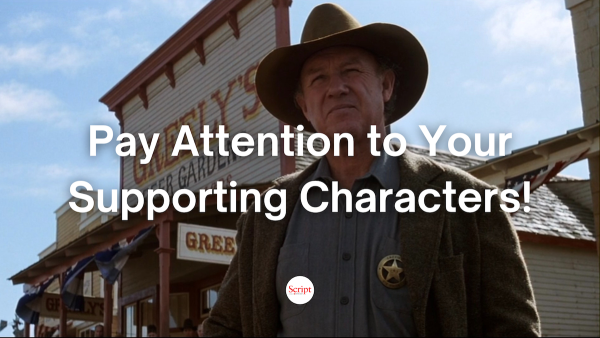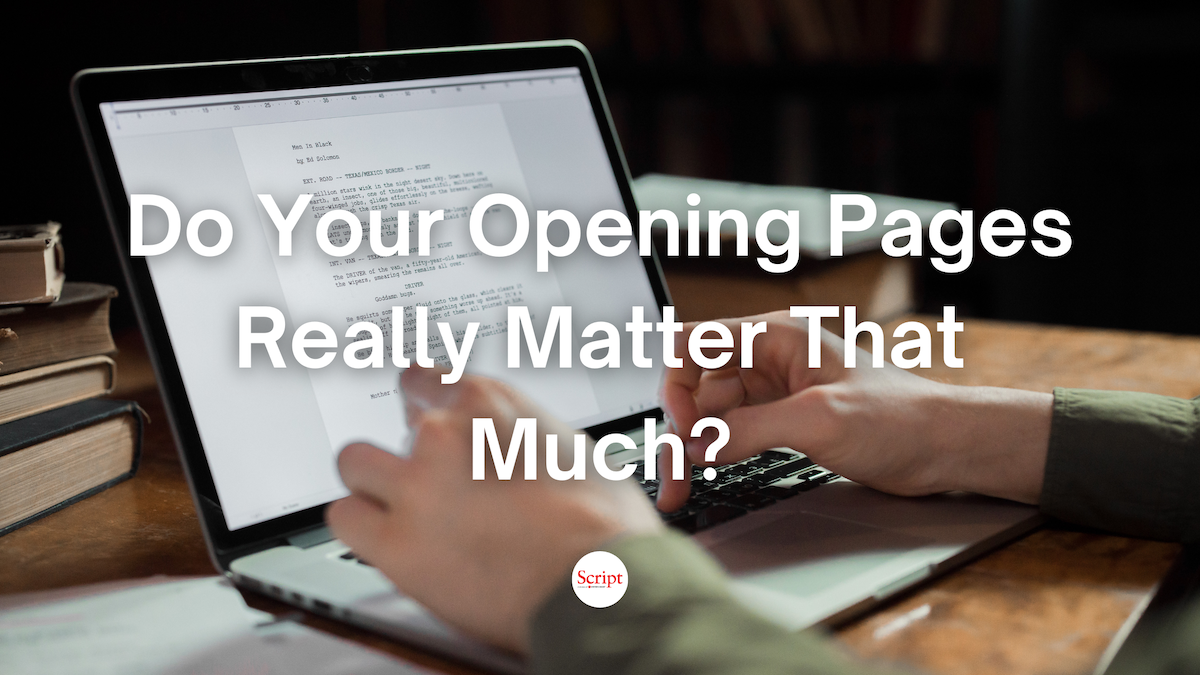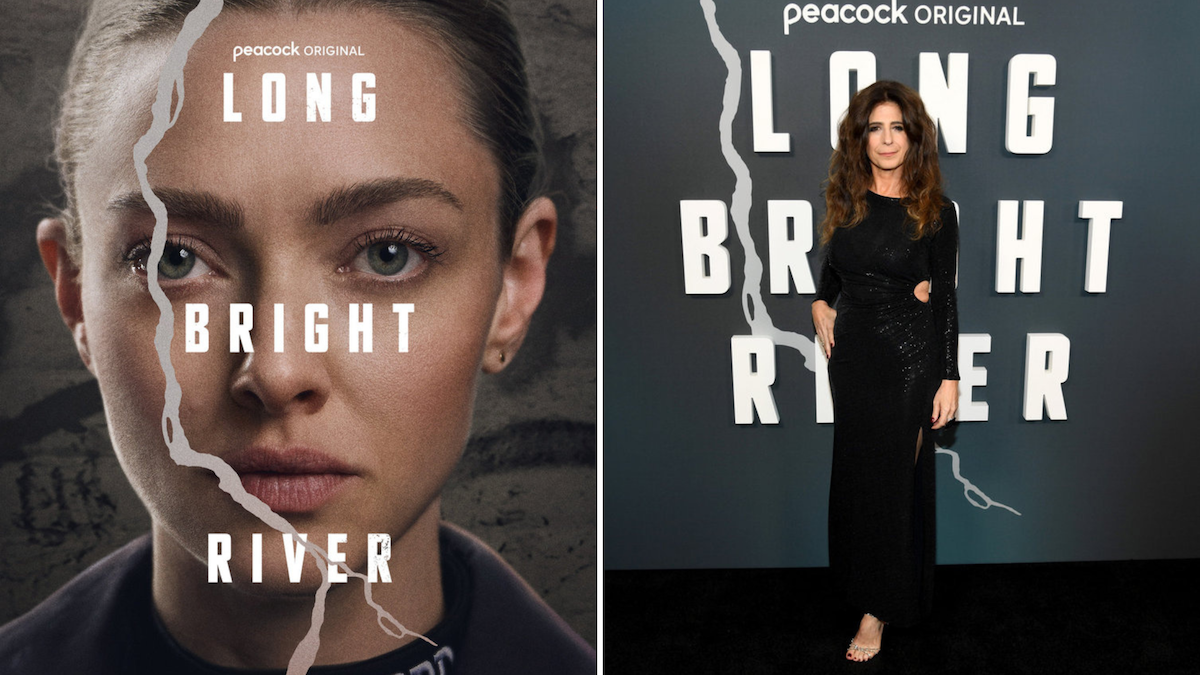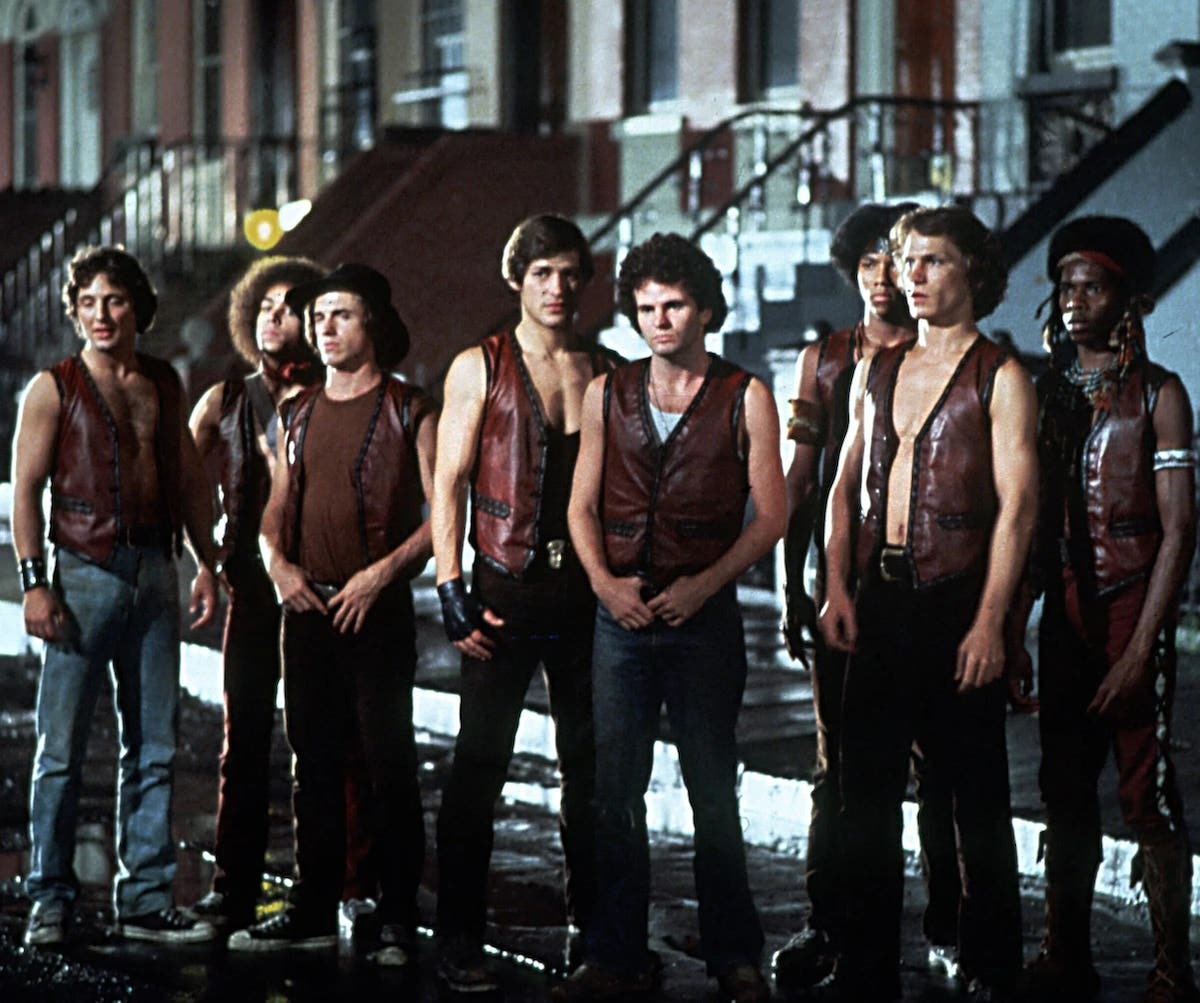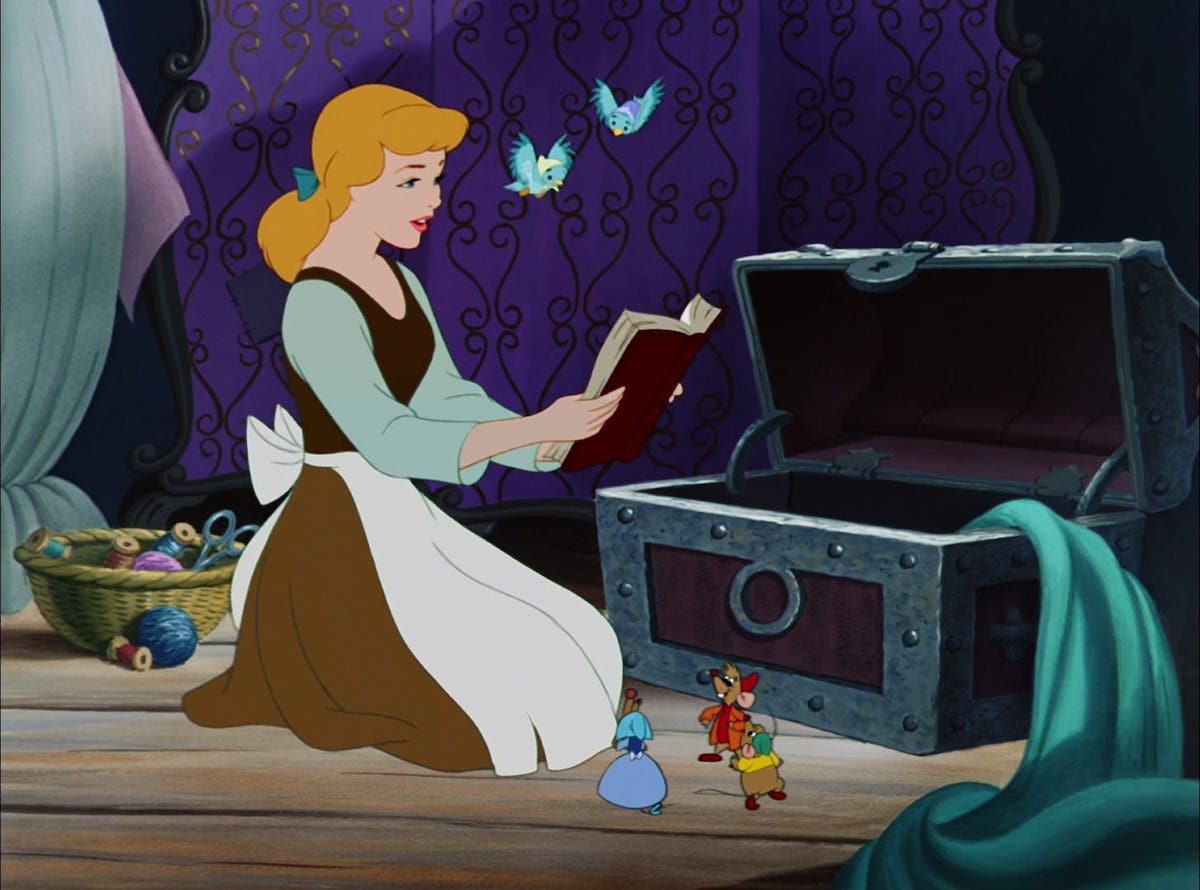Script Angel: Creativity Is Key
Hayley McKenzie is a Script Editor and founder of Script Angel, helping screenwriters elevate their craft and advance their screenwriting career. Follow her on Twitter @scriptangel1. Script editing is a…
Hayley McKenzie is a Script Editor and founder of Script Angel, helping screenwriters elevate their craft and advance their screenwriting career. Follow her on Twitter @scriptangel1.
Script editing is a pretty analytical job but it also requires creativity and, I’ll be honest, that’s something that doesn’t come as easily to me. John Cleese (Fawlty Towers) has talked about the idea that we have two different modes of thinking; the open mode (creative) and the closed mode (analytical). I know I spend most of my time in the closed mode so switching to an open, more creative mode is really tricky. Some writers I work with are very creative but find it hard to work in the closed mode. They have extraordinary ideas but struggle to be analytical, to craft stories and often struggle to deliver to deadlines. Other writers are very structure-focused but lack originality.
I love stories, but most of all I love helping other people to tell their stories. Although lots of script editors also write, I most definitely don’t. That’s not to say I can’t – I’ve been called upon to write scenes, sequences and whole storylines that have aired in primetime dramas – but I don’t get a buzz from it. Whilst my job involves being creative I know that on the creative/analytical spectrum I’m much happier and more comfortable down the analytical end.
The closed mode (analytical) is focused, tunnel vision, slightly anxious, efficient under pressure. That’s great for many aspects of life and even some aspects of the writing process, but it isn’t great for creating original ideas. I spend most of my time in the closed, analytical mode of thinking but sometimes I need to get creative in order to offer original solutions to the problems I’ve identified. It doesn’t come naturally to me so I’ve been searching for ways to get ‘into the creative zone.’
The open mode (creative) is contemplative, playful, has no goal, no pressure. Lateral thinking leads to absurd juxtapositions, and it’s the connection between these two unrelated ideas that creates new meaning and new ideas.
Some people, me included, find it hard to get into the open mode. We all live busy lives, and it’s easier to do trivial things that are urgent than it is to do important things that are not urgent, like thinking. It’s easier to do little things we know we can do than to start on big things we’re not so sure about. Cleese advocates giving yourself the space and time to get into it. He reckons it takes thirty minutes to get into the open mode of thinking and that you need to not be distracted in any way. Of course, that’s at odds with things like the Kurosawa Method which advocates writing in short bursts, aiming for writing just a page a day. I guess the key is finding a way of working that is creatively productive for you.
One of the reasons I like the idea of getting into an open mode is that it gives you maximum thinking time. When we’re rushing we often go with the first solution or idea in order to move on. Sometimes we need to play with something for longer until a more original solution arises. We need to give ourselves maximum pondering time and live with the discomfort. True play is experiment; an openness to anything happening.
So is all writing creative done when in the open mode? Are you creative when you’re writing that splurging first draft but in the closed mode when rewriting? What about writing loglines and treatments? Being aware of the different ways in which we think can help you find ways that work for you at different stages of the writing process.
We all talk a lot about the need to master the craft of screenwriting, and although it’s hugely important, on its own, it’s not enough. I read lots of scripts that are well crafted but feel derivative and unoriginal.
We know that the film and television industry wants ‘the same but different’ and while ‘the same’ comes from an understanding of crafting stories, the ‘different’ does not – it comes from originality of thought and of idea. It comes from being creative.
Related Articles:
- More Script Angel articles by Hayley McKenzie
- Balls of Steel: Spark Creativity by Changing Your Writing Routine
- ‘On Becoming A Man’ Goes to Cannes Film Festival
Tools to Help:
